World Aquatic Animal Day: The ocean’s most terrifying creatures
World Aquatic Animal Day: The ocean’s most terrifying creatures
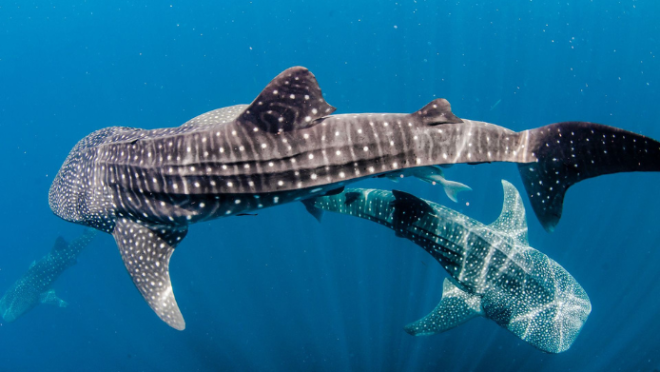
As we celebrate World Aquatic Animal Day on 3 April, we plunge into the eerie, uncharted depths of our oceans that cover two thirds of the entire earth’s surface—home to nature’s most formidable and bizarre predators. From venomous hunters to deep-sea nightmares, these creatures remind us why the abyss remains one of the most fearsome frontiers on Earth.
Blobfish (Psychrolutes marcidus)
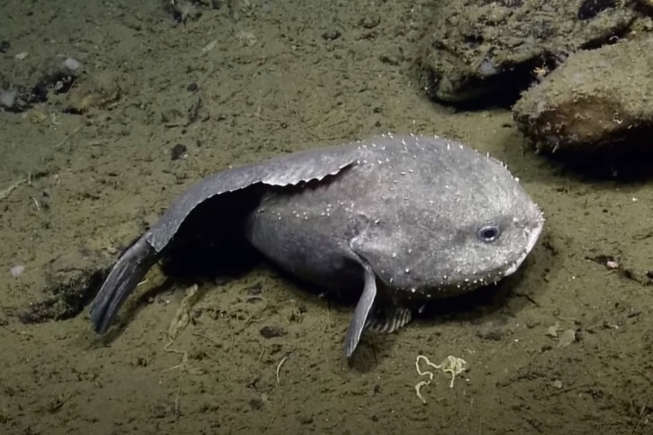
With its droopy features and gelatinous body, the blobfish looks like a sad cartoon character left to melt in the sun. Found in the deep waters off southeastern Australia, this deep-sea oddity may appear squishy and helpless, but its unique adaptations allow it to survive the immense pressure of the ocean’s depths. Cute or creepy? That depends on how you feel about a fish that seems permanently disappointed with life.
Sea Lamprey (Petromyzon marinus)
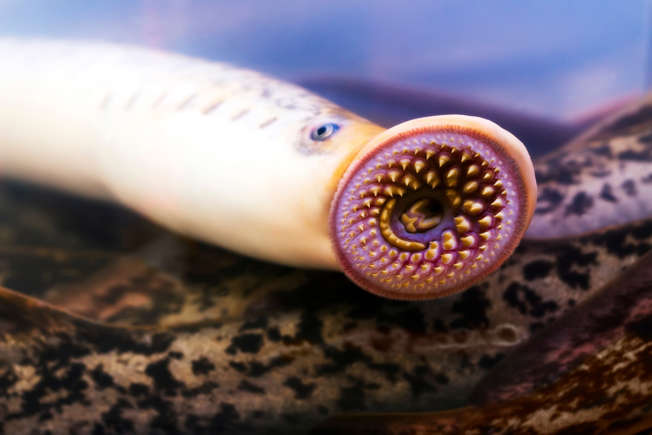
If nightmares had a mascot, it might be the sea lamprey. Often compared to Satan’s vacuum cleaner, this parasitic creature latches onto fish with its circular, jawless mouth filled with rows of razor-sharp teeth. Found in the Atlantic Ocean and the Great Lakes, the lamprey drains its victims’ bodily fluids like a real-life aquatic vampire.
Frilled Shark (Chlamydoselachus anguineus)
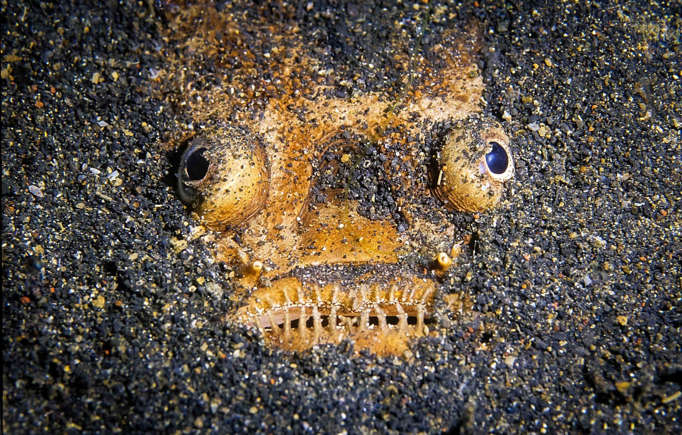
This ancient, deep-sea predator, which can grow up to 2 metres (6.5 feet), is a living fossil that has remained virtually unchanged for millions of years. Its long, eel-like body and terrifying rows of needle-like teeth make it one of the ocean’s most unsettling inhabitants. When it hunts, it lunges at prey like a snake, making it an even more nightmarish sight in the dark abyss.
Goliath Grouper (Epinephelus itajara)
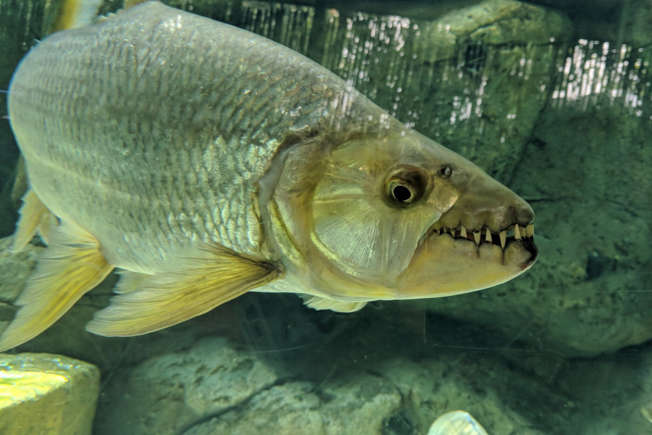
Living up to its name, the goliath grouper can reach an astonishing 2.5 metres (8 feet) in length and weigh up to 320 kg (700 pounds). This behemoth of the sea has an appetite to match, feasting on sharks, barracudas, and even turtles. Despite its imposing presence, the goliath grouper is tragically at risk of extinction due to overfishing.
Stargazer (Uranoscopidae family)
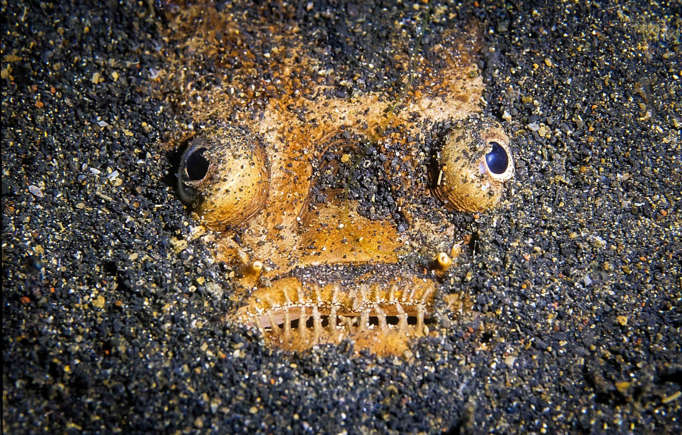
A master of disguise, the stargazer buries itself beneath the seabed, lying in wait for unsuspecting prey. The moment a fish wanders too close, it delivers an electric shock before devouring its victim whole. Found in the Mediterranean and other coastal waters, this venomous predator is a reminder that danger often lurks just beneath the surface.
Box Jellyfish (Chironex fleckeri)
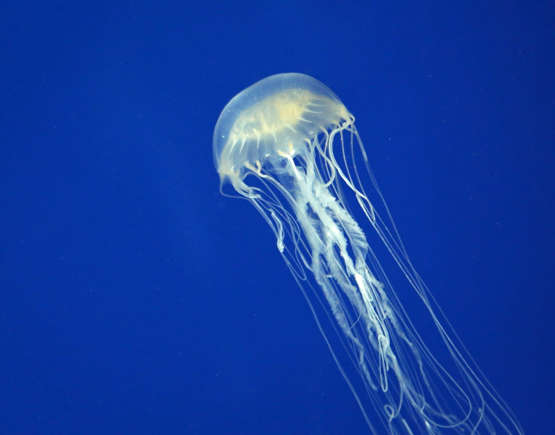
Among the deadliest creatures in the ocean, the box jellyfish drifts through the waters of the Pacific and Australian coasts, trailing tentacles lined with some of the most potent venom known to science. A single sting can cause cardiac arrest and death within minutes, solidifying Australia’s reputation as the world’s deadliest natural habitat.
Pelican Eel (Eurypharynx pelecanoides)
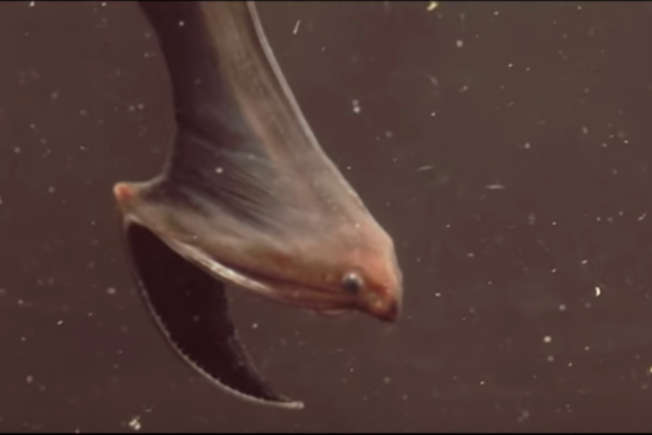
Resembling an eel that has undergone a bizarre scientific experiment, the pelican eel is named for its oversized, expandable jaw, which allows it to swallow prey much larger than itself. This deep-sea dweller, found in the Pacific, Atlantic, and Indian Oceans, is rarely seen by humans, adding to its eerie mystique.
From bloodthirsty parasites to electric assassins, these creatures remind us just how little we truly know about the vast, mysterious world beneath the waves. Remember this, to help protect the world’s biodiversity, they need our help.
Source: msn.com


